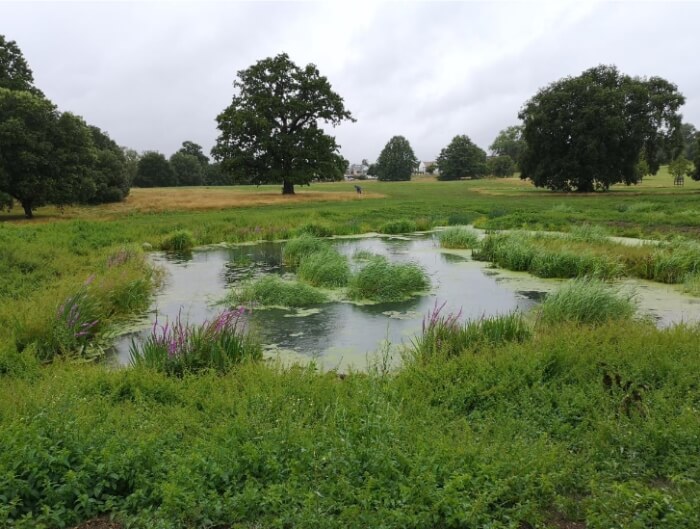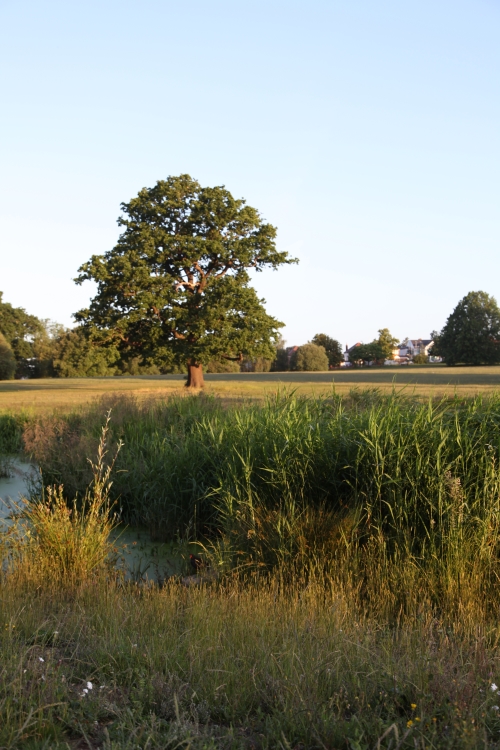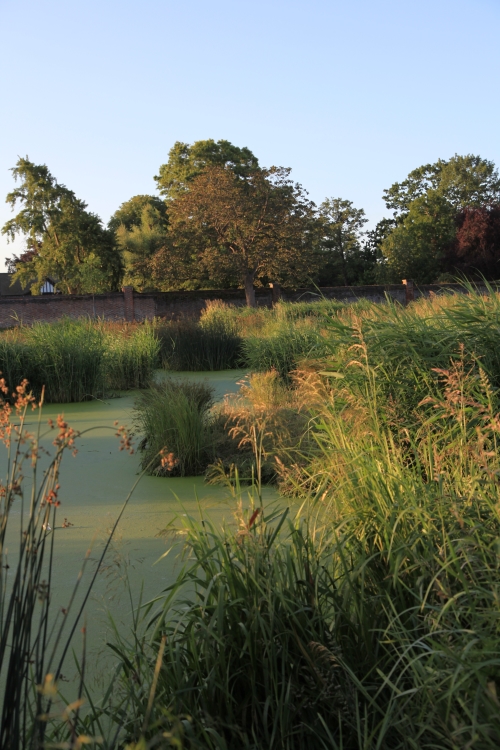Broomfield Park Wetlands

Benefits
- Flood alleviation
- Improving water quality
- Improved amenity space and natural world and educational resource
- Biodiversity and variety of natural habitats
- Spaces for community involvement
The new wetlands in Broomfield Park have been shortlisted for an award by susdrain, a "community" which supports the delivery and maintenance of sustainable drainage systems (SuDS).
Judging for the susdrain SuDS Awards 2020 will take place on 16th July and the ceremony will include video presentations about each of the shortlisted entries. Enfield Council will be creating its presentation in conjunction with Thames 21 and Friends of Broomfield Park and we hope to be able to share it with PGC readers early next month.
The Broomfield Wetlands, which have been entered in the "Small Scale Retrofit SuDS" category, are referred to technically as a "constructed wetland". They have been created by diverting water from a surface water sewer running under the park which takes rainwater from streets to the north of the park and eventually feeds it into the Pymmes Brook. The Brook flows through Pymmes Park and Edmonton to Tottenham, where it joins the Lower Lea.
Before entering the wetlands, the water from the sewer has been diverted to run through the historic cascade of three lakes which forms one of the most notable features of Broomfield Park. The reed beds that were created in the lakes a couple of years ago help filter and purify the water on its way to the wetlands.
(If the thought of a sewer flowing into the lakes sounds repulsive, surface water sewers are not to be confused with foul sewers. Foul sewers carry contaminated water to a sewage works for treatment, whereas surface water sewers carry uncontaminated rainwater directly to a local river, stream or soakaway. However, one of the reasons for creating SuDS is that rainwater is often not as clean as it should be - it picks up contaminants left on road surfaces by cars and lorries, and then there is the problem of households where amateur plumbers have connected sinks and other things to the wrong drain...)
The primary function of the wetlands is to do further filtering of contaminants and silt from the water, to slow down the flow, and when there has been heavy rain, to store water so that it is less likely to flood properties further downstream. A secondary, but important, function is to create a natural environment where flora and fauna can flourish - plants, fish, insects, invertebrates, birds and mammals, including humans.


For a much fuller description of the wetlands project, see this document on the susdrain website. For an explanation of what SuDS do, watch this video.



